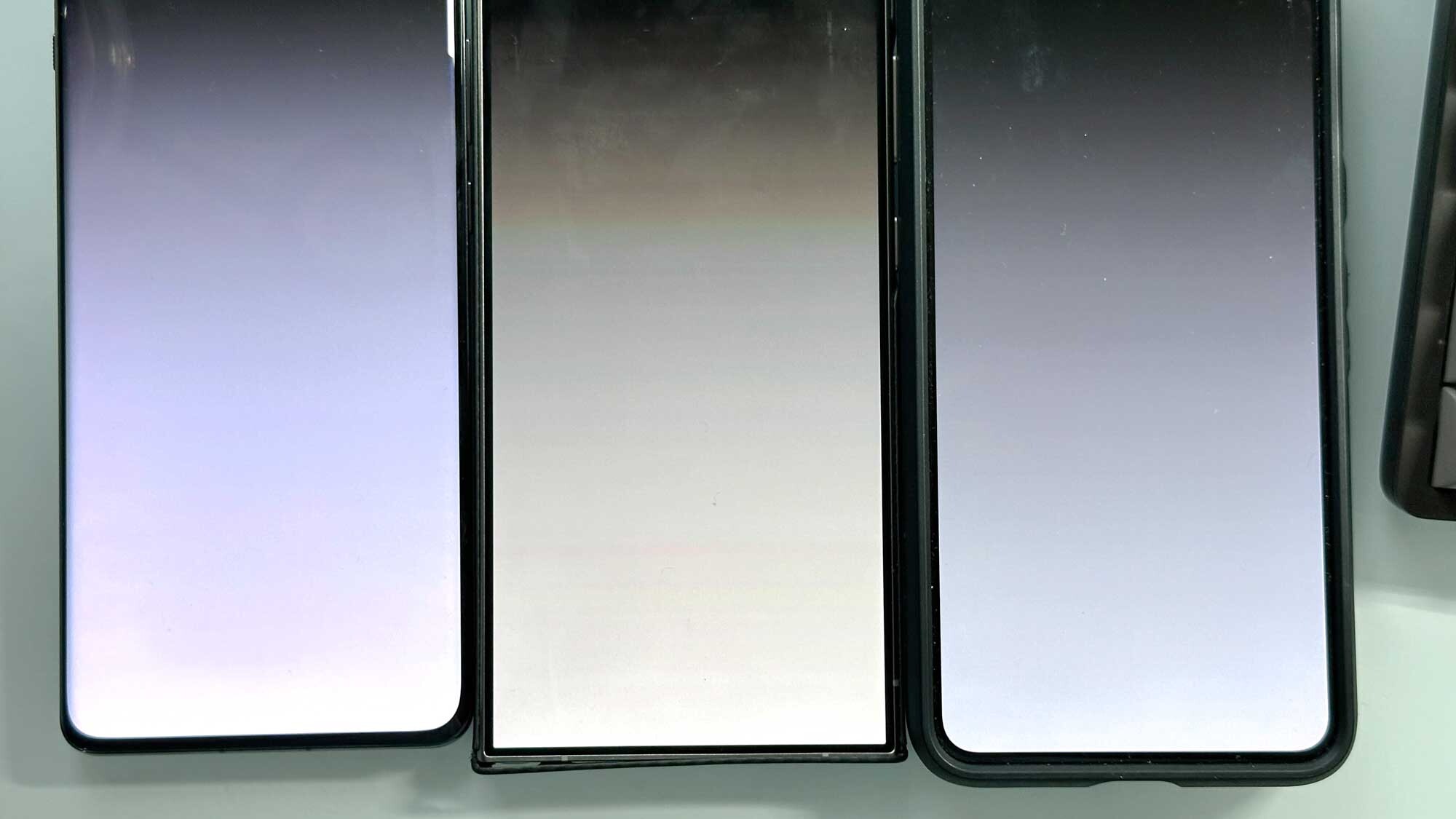
Samsung’s no stranger to controversy. In fact, the Galaxy Note 7’s exploding battery issue and subsequent discontinuation still remains as one the company’s all-time biggest failures, but now there’s a new issue surrounding its just launched Galaxy S24 phones.
While I didn’t find fault with the display in my Galaxy S24 Ultra review, there have been growing reports of the screen exhibiting a Mura effect. I’ve received emails from users who point out this clouding effect that’s most recognizable when the display is set to a low brightness level. Furthermore, Reddit posters detail this effect in macro photos of the display to highlight how the pixel uniformity varies between pixels.
Since I have both the Galaxy S24 Ultra and S24 Plus on hand, I decided to investigate to see if the Mura effect is happening on their respective displays. Here's what I found.
It’s clearly a Galaxy S24 problem
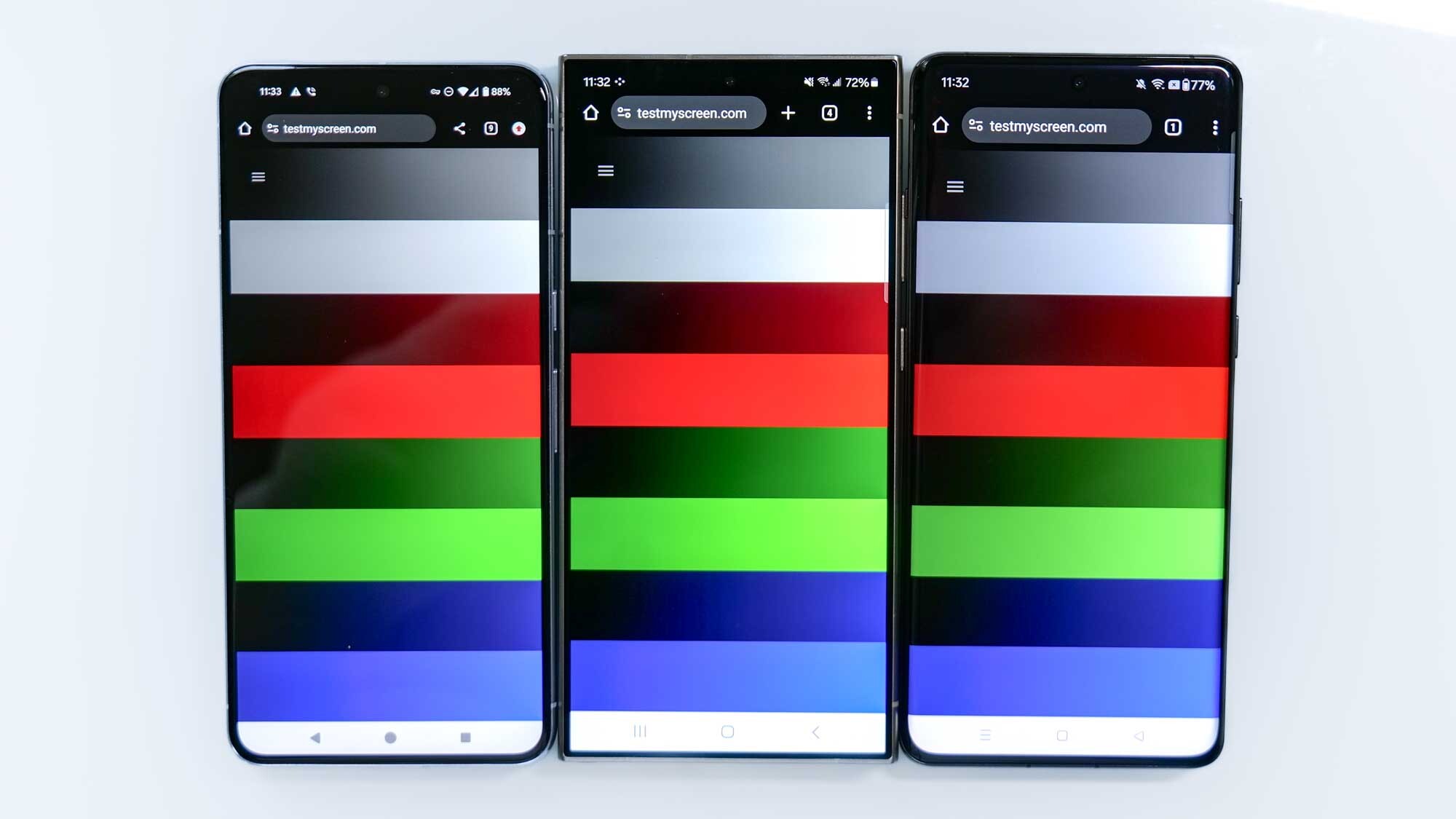
Following the guidance I read from various Reddit users, I scrolled through the different colors and gradients on testmyscreen.com to see if I can produce this Mura effect — while also setting the brightness to a lower setting. It wasn’t until I added last year’s Galaxy S23 Ultra into the mix that I became aware of this effect.
Taking photos of this Mura effect is challenging because the display's refresh rate, the angle I’m shooting at, and my camera’s shutter speed all make it difficult to properly capture. But as you can see in the closeup image of the S24 Plus and Ultra with the green gradient shown on screen, there are these darker bands that run the length of the screen. I mostly see the Mura effect with these gradients, but not so much with solid colors.
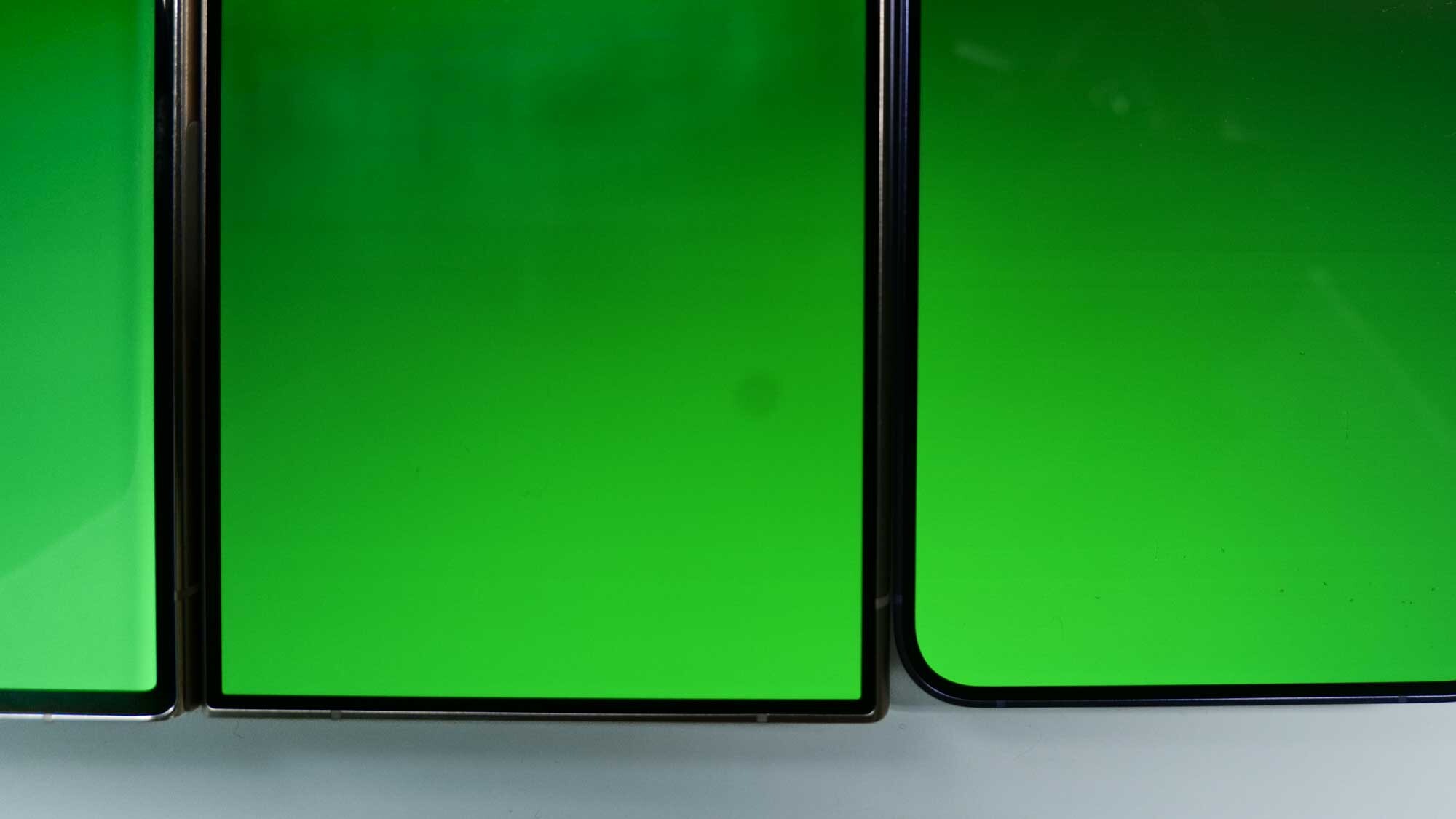
Perhaps it could be related to the resolution and refresh rate of the screen? So, I went to the display setting to set them to FHD+ resolution and Standard (60Hz) mode. The same bands I saw initially still persist on both the S24 Ultra and Plus, leading me to believe that the issue is a hardware one.
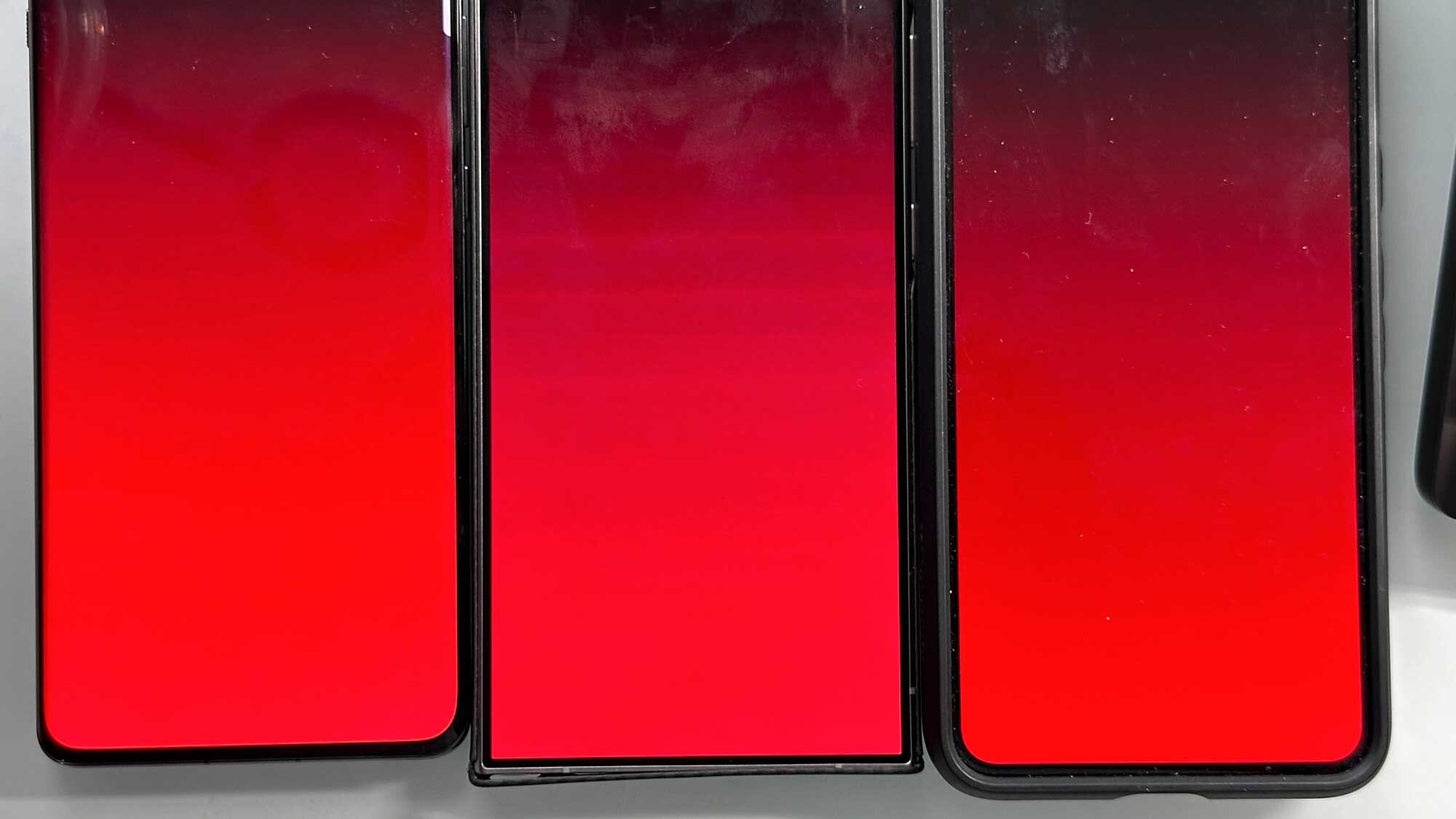
On top of that, I tested out two other flagships — the Google Pixel 8 Pro and OnePlus 12 — which don’t suffer from the same Mura effect. In fact, I can’t see any banding lines in any of the gradients I cycled through; including gray. Instead, they produce even color tones as they go from dark to light, while solid colors all appear uniform in tone.
Is it a defect worthy of a recall?
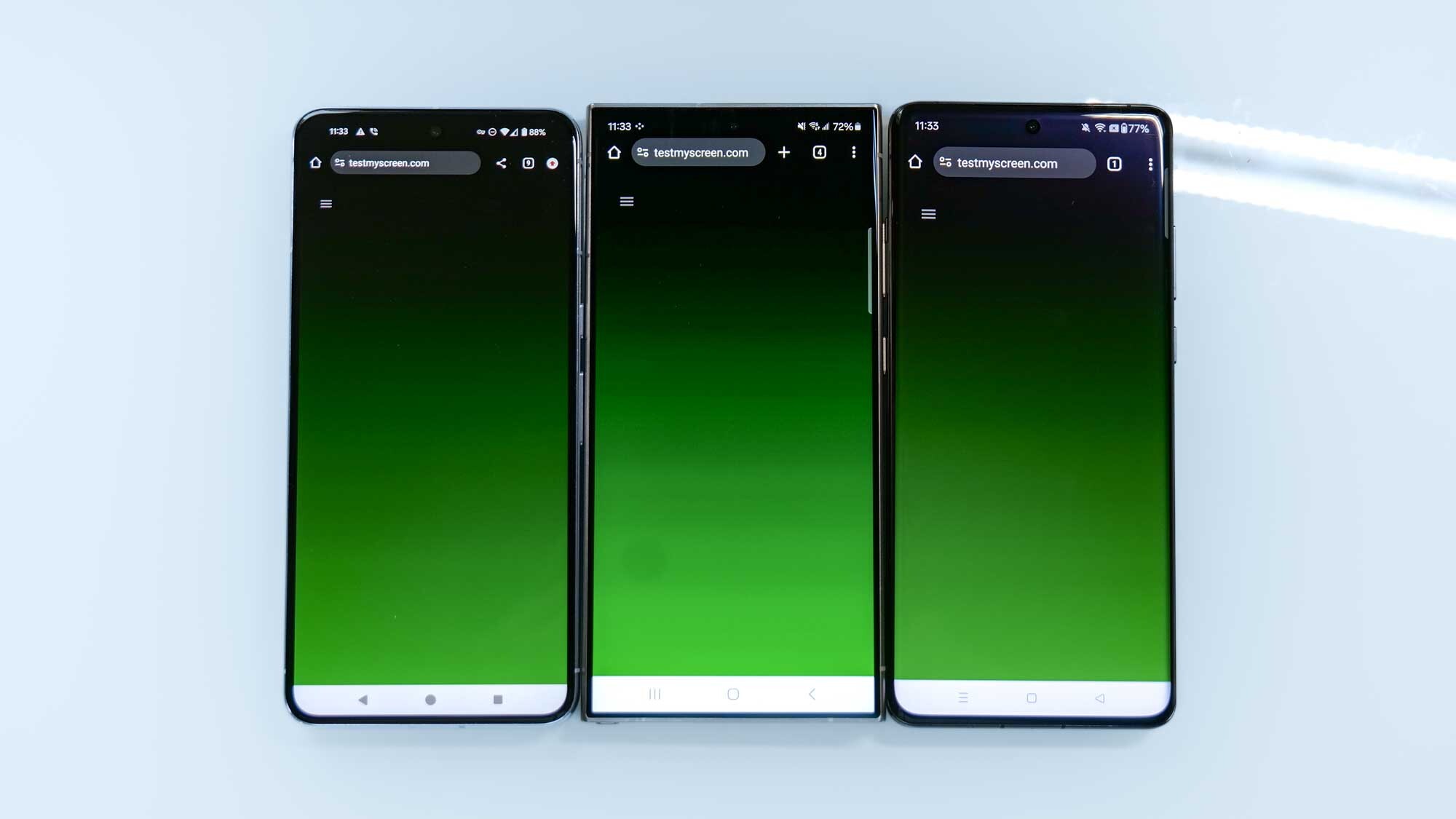
After experiencing this Mura effect first hand on my devices, I stopped for a minute to think whether or not this is a defect. I can confirm that the Mura effect happens when I display these various gradients, but they’re static images.
Apart from that, I can’t see it happening in anything else. I’ve even watched a couple of Sin City trailers on YouTube at a low brightness setting to see if these bands pop up at any time, but they don’t. I also switched the wallpaper to one of the gradient options and I still can’t make them out as much as I did before.
While some Galaxy S24 owners were able to get their units replaced, others were refused a replacement and had to escalate the issue — which brings me to my point if Samsung will classify this as a defect or not. I reached out to Samsung’s PR for comment, but have yet to get a response.
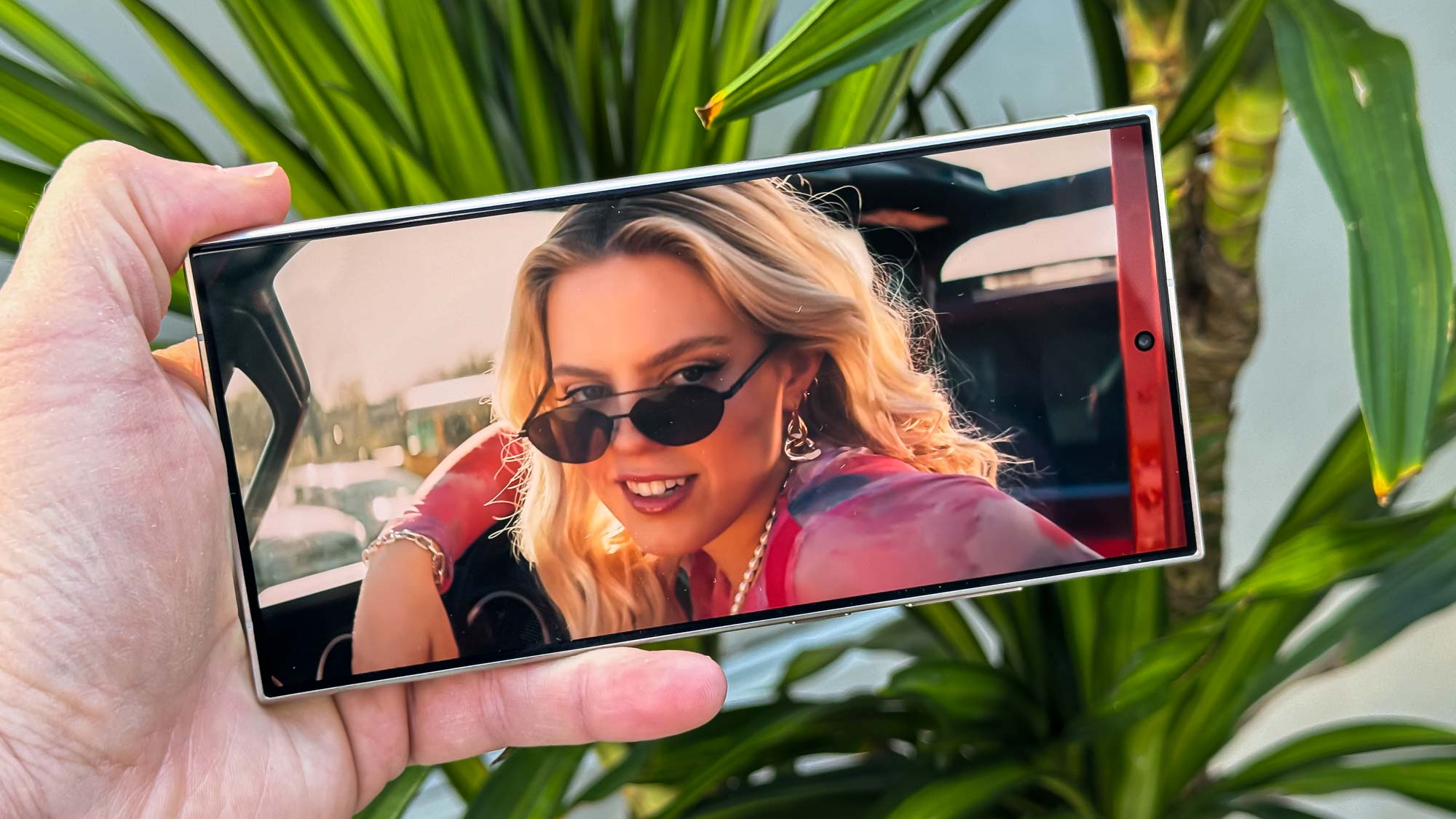
Cornell Law School classifies that there are three general types of defects: defects of design, manufacturing, or marketing. The law school details that “a design defect refers to a flaw inherent in a product itself, while a manufacturing defect refers to an unintended deficiency resultant from the production process. A marketing defect may be related to inadequate warnings or instructions regarding a product’s proper use.”
Does this Mura effect greatly impact the phone’s usability? I’d argue not, especially for what I use it for, but I can sympathize with others who expect a $1,300 phone to be top-of-the-line quality. I can absolutely see how this presents a huge issue for colorists and graphics artists. However, it’s ultimately going to come down on Samsung to make the call on this.
Clearly the battery defects were the underlying cause that led to some Galaxy Note 7 units overheating and ultimately exploding. It could be harder to present this Mura effect on the Galaxy S24 as a defect worthy enough for a recall, but if there are clearly other Galaxy S24 units out there right now that don’t suffer the Mura effect, I would hope Samsung does right by replacing them without question.







